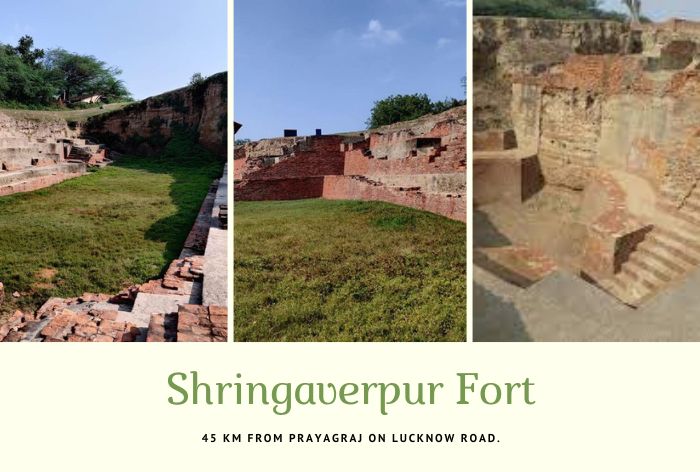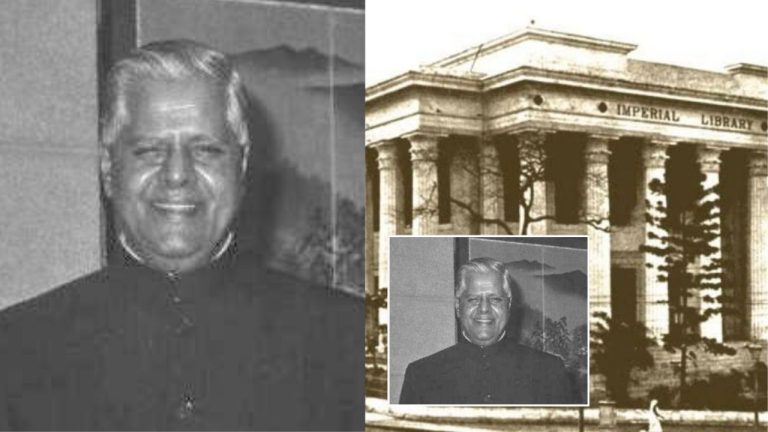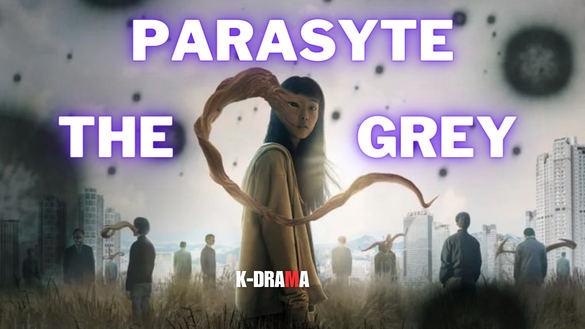Shringaverpur Fort: The Fort That Inspired the Ramayana
In the Indian state of Uttar Pradesh, there is a historical site called Shringaverpur Fort. It is located 45 kilometers from Prayagraj on the banks of the Ganges River. The Gahadavala dynasty is thought to have constructed the fort in the eleventh century.
Shringaverpur is mentioned in the epic Ramayana, where it is described as the capital of the kingdom of Nishadraj or the ‘King of Fishermen’. The excerpt ‘Sita, Ram and his brother came to Shringverpur’ can be found in Ramayan. The excavation work done at Shringaverpur has unearthed the temple of Shringi Rishi.
The fort is thought to be the identical one that is referenced in the Ramayana. This is one of the explanations for why the fort is regarded as a significant archaeological site. The fort serves as a reminder of the area’s lengthy history as well as the Ramayana tale.
An old Indian epic poem called the Ramayana narrates the tale of Rama, a prince who is banished from his own country and later vanquishes the demon king Ravana. One of the most significant pieces of Hindu literature, the poem is thought to have been penned in the second century BCE.
Shringaverpur is portrayed as a lovely and rich city in the Ramayana. Its location on the Ganges River’s banks is surrounded by hills and trees. The city, which serves as the capital of the Nishadraj empire, is home to numerous temples and palaces.
When Rama, Sita, and Lakshmana were exiled from their kingdom, they came to Shringaverpur. They stayed in the city for a few days, and then they continued on their journey to the forest.
One of the explanations for why the fort is regarded as a significant archaeological site is that Shringaverpur is mentioned in the Ramayana. Thought to be the same fort mentioned in the poem, it serves as a reminder of the region’s extensive history.
Despite the fact that the fort is now in ruins, the ruins are still a significant archaeological site. A moat, a number of walls, and towers make up the fort complex. About 10 meters high, the walls are constructed of red sandstone. The towers are square in design and spaced out along the walls in predictable patterns. The water-filled moat is around ten meters wide.
Popular tourist attractions include the fort. The fort’s remnants are visible, and visitors can discover its past. As part of the fort complex, there is a temple dedicated to Shringi Rishi.
The fort is a reminder of the rich history of the region and the Ramayana story. It is a place where people can come to learn about the past and to imagine the future.







